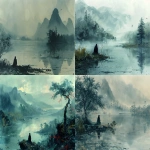Explore the Best AI Image Gallery

AI-Generated Images: Redefining the Design Landscape
The creative world is undergoing a seismic shift with the emergence of AI-generated images. These algorithms, capable of producing stunning visuals from text prompts, are revolutionizing how designers approach their craft. From concept art to marketing materials, AI image generation presents both exciting opportunities and complex challenges for the design industry.
The Transformative Potential of AI in Design
AI-generated images offer designers a powerful new toolset, enabling them to:
- Generate a vast library of visuals: Designers can quickly create diverse image options for various projects, saving time and resources.
- Explore unconventional concepts: AI algorithms can push creative boundaries, generating unique imagery that might not be conceived through traditional methods.
- Personalize designs at scale: AI can generate tailored visuals based on user preferences or specific project requirements, enhancing customer engagement.
These capabilities empower designers to experiment, iterate rapidly, and bring innovative ideas to life with greater efficiency.
Applications Across Design Disciplines
The impact of AI image generation extends across various design disciplines:
- Branding and Marketing: Generate eye-catching visuals for logos, marketing campaigns, and social media content.
- Web and UI/UX Design: Create unique illustrations, icons, and backgrounds to enhance user experience.
- Graphic Design: Produce stunning layouts, posters, and other print materials with ease.
- Fashion and Product Design: Visualize new garment designs, accessories, or product concepts.
The possibilities are virtually limitless, as AI continues to evolve and refine its image generation capabilities.
Ethical Considerations
While AI-generated images offer immense potential, its crucial to address the ethical considerations they raise:
- Copyright and Ownership: Questions arise regarding the ownership of AI-generated content. Who holds the rights—the user who provides the prompt or the developer of the AI algorithm?
- Bias and Representation: AI algorithms are trained on massive datasets, which can contain inherent biases that reflect societal stereotypes. Its important to ensure that AI-generated images promote inclusivity and avoid perpetuating harmful representations.
- Transparency and Accountability: The decision-making process of AI algorithms can be opaque. Establishing clear guidelines for transparency and accountability is essential to build trust and address potential misuse.
Open discussions and responsible development practices are crucial to navigate these ethical complexities.
Future Trends in AI Image Generation
The field of AI image generation is rapidly evolving. We can expect to see:
- More sophisticated algorithms: AI models will become increasingly capable of generating hyper-realistic and nuanced images, blurring the lines between human creativity and machine intelligence.
- Integration with other technologies: AI image generation will seamlessly integrate with augmented reality (AR), virtual reality (VR), and other emerging technologies, creating immersive and interactive experiences.
- Personalized and on-demand content creation: Users will be able to generate customized images tailored to their specific needs and preferences in real time.
These advancements will continue to reshape the creative landscape, offering designers unprecedented tools and possibilities.
Conclusion
AI-generated images are poised to revolutionize the design industry. By embracing its transformative potential while addressing ethical considerations, designers can harness the power of AI to create innovative and impactful work. As this technology evolves, it will undoubtedly continue to redefine the boundaries of creativity and inspire new forms of artistic expression.

](https://images.ai-img.art/thumbnails/150/56d08b81b5991eca46f50c80b41db4e9ac06c775cbbf5138ea0734d93390316a.webp)

](https://images.ai-img.art/thumbnails/150/baf01e7f997f5bc030aa10831575d8b879a4a6755830df4bcd3dcc93346ef1dd.webp)


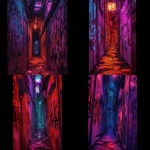



](https://images.ai-img.art/thumbnails/150/fd852e87169bf2f63982b31f7f16a8fa335d75d9536fd48c2b87c7d4b035fa7c.webp)



](https://images.ai-img.art/thumbnails/150/4dfe5499f7f4f9e5aa1613199c58710634f2cba5f57ac7e6717c1d56a9864e1a.webp)
](https://images.ai-img.art/thumbnails/150/e407417f3921a9491278afc6484ec26f3ae374d4543e1a56898e8bcb1e41a0da.webp)
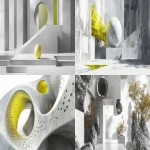




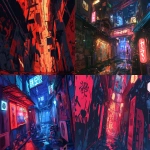


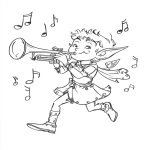


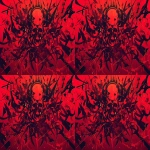


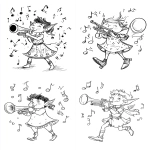

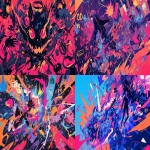

](https://images.ai-img.art/thumbnails/150/ed631f35091268316da1950d8f24949cf71c41220d75ddecc89232e1c28f3653.webp)
